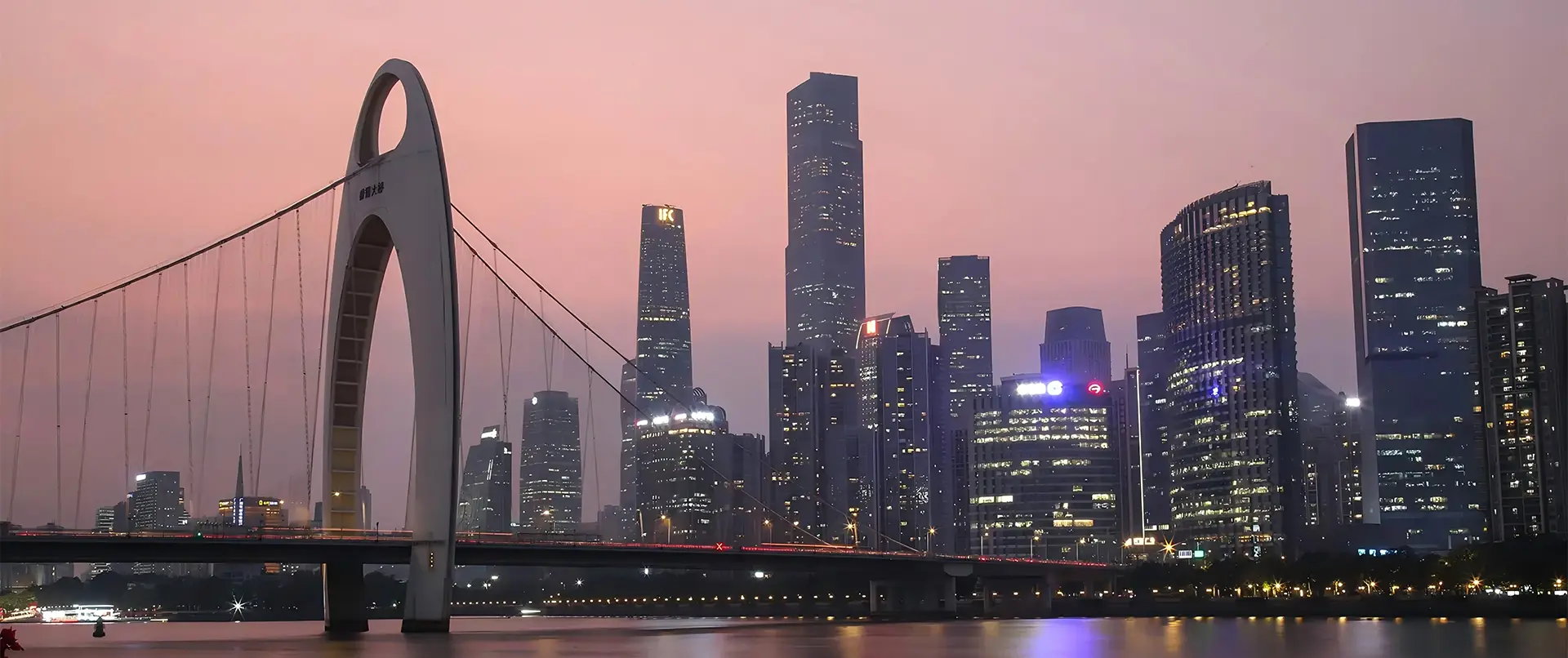How to Enhance Product Visualization with 3D Render Techniques for Maximum Impact
In today's digital marketplace, the importance of effective product visualization cannot be overstated. According to a study by the eCommerce Foundation, 76% of online shoppers stated that the quality of product images is the most important factor influencing their purchasing decisions. As businesses strive to enhance their visual marketing strategies, incorporating advanced techniques like 3D rendering has become crucial.
 3D render allows companies to showcase their products in a highly detailed and lifelike manner, bridging the gap between online and physical shopping experiences. Research from Allied Market Research predicts that the global 3D rendering market will reach $9.2 billion by 2025, reflecting a growing recognition of its impact on consumer engagement and sales conversion rates. This tutorial explores how to leverage 3D render techniques to create stunning product visualizations, ensuring maximum impact in an increasingly competitive landscape.
3D render allows companies to showcase their products in a highly detailed and lifelike manner, bridging the gap between online and physical shopping experiences. Research from Allied Market Research predicts that the global 3D rendering market will reach $9.2 billion by 2025, reflecting a growing recognition of its impact on consumer engagement and sales conversion rates. This tutorial explores how to leverage 3D render techniques to create stunning product visualizations, ensuring maximum impact in an increasingly competitive landscape.
Key Techniques for 3D Rendering to Boost Product Appeal
 Enhancing product visualization through 3D rendering techniques can significantly boost a product's appeal, making it essential for businesses looking to stand out in a competitive market. By using specialized software for 3D rendering, brands can create realistic images that not only showcase the product but also highlight its features and benefits effectively. This approach is particularly beneficial for e-commerce brands, where visual presentation plays a crucial role in influencing purchasing decisions.
Enhancing product visualization through 3D rendering techniques can significantly boost a product's appeal, making it essential for businesses looking to stand out in a competitive market. By using specialized software for 3D rendering, brands can create realistic images that not only showcase the product but also highlight its features and benefits effectively. This approach is particularly beneficial for e-commerce brands, where visual presentation plays a crucial role in influencing purchasing decisions.
Tip 1: When creating 3D product renderings, focus on lighting and texture to create a more lifelike representation. Experimenting with different angles and backdrops can also enhance the product's appeal, giving potential customers a comprehensive view of what to expect.
Tip 2: Consider integrating eco-friendly materials or sustainable practices into your product design. As seen in recent innovations, brands focusing on sustainability often attract a more conscious consumer base. Using 3D rendering, you can visually communicate these values, reinforcing the connection between your product and its environmental benefits.
By leveraging these techniques, you are not just presenting a product but narrating its story, making it resonate with your audience on a deeper level.
Essential Tools and Software for Effective 3D Visualization
In the realm of product marketing, effective 3D visualization has emerged as a crucial component for engaging consumers and driving sales. According to a report by MarketsandMarkets, the 3D visualization market is projected to grow from USD 1.57 billion in 2020 to USD 6.77 billion by 2025, showcasing a compound annual growth rate (CAGR) of 34.5%. This significant growth underscores the importance of leveraging advanced 3D rendering techniques to create impactful product visuals that resonate with audiences.
To achieve maximum impact in product visualization, several essential tools and software are available. Software like Blender and Autodesk 3ds Max offers powerful features for modeling and rendering, while Adobe Dimension provides an intuitive interface for beginners looking to create high-quality mockups. These platforms not only enhance creativity but also facilitate collaboration in teams, enhancing workflow efficiency. Furthermore, tools that integrate augmented reality (AR) capabilities, such as Unity and Sketchfab, provide customers with immersive experiences, enabling them to interact with products in a virtual space, which studies show can increase purchase intent by up to 30%. Embracing these leading-edge technologies is imperative for brands seeking to maintain a competitive edge in the digital marketplace.
Enhancing Product Visualization - 3D Render Techniques Effectiveness
Creating Realistic Textures and Materials for Stunning 3D Renders
Creating realistic textures and materials is fundamental to achieving stunning 3D renders. The advancement of rendering techniques has significantly enhanced the way we visualize products. By leveraging modern tools, artists can now create intricate and lifelike textures that elevate the overall quality of their work. For instance, mastering workflows in software like Substance 3D Designer enables creators to craft detailed materials, such as a brick wall with realistic mortar. This not only adds character to the scene but also helps in accurately simulating the physical properties of materials.
Moreover, integrating AI technology into the rendering process has opened new avenues for achieving photorealism. With AI-powered models, artists can create editable scenes that incorporate natural lighting and textures effortlessly. This revolutionizes traditional methods by allowing for rapid development of complex materials, such as realistic plastic or damaged textures. By focusing on these innovative techniques, artists can enhance their product visualizations, making them not only visually appealing but also emotionally resonant with their audience.
Best Practices for Lighting and Composition in 3D Product Scenes
Lighting and composition play crucial roles in enhancing the visual appeal of 3D product scenes, significantly influencing consumer perception and engagement. According to a recent report by Statista, visuals are the primary factor in 93% of consumer purchasing decisions. Therefore, implementing proper lighting techniques is essential to highlight product features and create mood. Techniques such as three-point lighting, which uses key, fill, and back lighting, can ensure that products are presented in the best possible way, showcasing their textures and details effectively.

In addition to lighting, composition helps to guide the viewer's eye and establish a narrative within the 3D scene. A study by Adobe found that well-composed images can increase viewer engagement by up to 65%. Utilizing the rule of thirds can create balanced visuals that are aesthetically pleasing, while strategic use of negative space allows products to stand out. Incorporating dynamic angles or close-up shots can also captivate the viewer’s attention, making the product not just visible, but desirable. By mastering these best practices in lighting and composition, businesses can maximize the impact of their 3D product visualizations, ultimately driving higher conversion rates.
Tips for Integrating 3D Models into Marketing Strategies for Higher Engagement
In today's competitive market, integrating 3D models into marketing strategies is essential for driving higher engagement. According to a study by the National Retail Federation, 67% of consumers indicate that interactive content, like 3D visualization, enhances their shopping experience, leading to increased conversion rates. Businesses that leverage advanced 3D render techniques not only create visually appealing content but also significantly improve customer interactions with their products.
Tips for maximizing the impact of 3D product visuals include utilizing high-quality renders that showcase products from multiple angles. This allows customers to gain a comprehensive understanding of the product without needing to physically touch it. Additionally, incorporating 3D models into social media platforms, such as Instagram and Facebook, can capture users' attention more effectively, as posts with 3D content see an engagement rate that is up to 50% higher than standard images.
Another effective approach is to combine 3D models with augmented reality (AR). A report from an industry analyst highlights that 40% of consumers are more likely to purchase a product after experiencing it through AR technology. By providing a virtual try-on experience or allowing users to visualize products in their own spaces, businesses can not only enhance product visualization but also build a stronger emotional connection with their audience.
How to Enhance Product Visualization with 3D Render Techniques for Maximum Impact
| Technique | Purpose | Benefits | Engagement Level |
|---|---|---|---|
| 360-Degree View | Allow users to explore the product from all angles. | Increases user interaction and provides a sense of realism. | High |
| Augmented Reality (AR) | Overlay digital information on the physical world. | Enhances user experience and allows for interactive features. | Very High |
| Product Animation | Showcase how the product works through animated visuals. | Captivates attention and explains features effectively. | Medium |
| High-Quality Textures | Utilize realistic materials and textures in renders. | Boosts aesthetic appeal and product authenticity. | High |
| Virtual Reality (VR) | Immerse users in a fully virtual environment. | Provides a unique interactive experience that enhances product understanding. | Very High |
Related Posts
-

The Ultimate Guide to Creating Stunning Digital Renderings for Your Projects
-

Understanding the Best Ai 3d Rendering Techniques and Their Impact on Modern Design
-

Essential Steps for Effective Design Rendering Success Checklist
-

Innovative Approaches to Achieve the Best Design Rendering in Your Projects
-

Unveiling the Power of 3D Render through Real World Examples in Design and Industry
-

Elevating Global Standards with Best Digital Renderings from China


